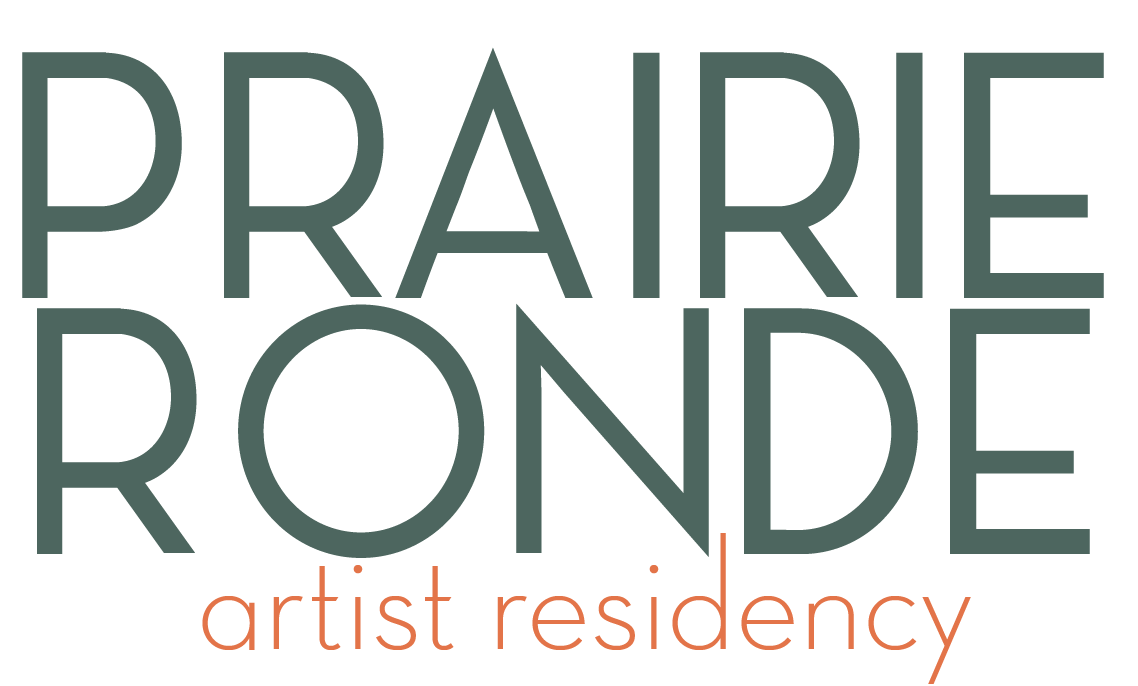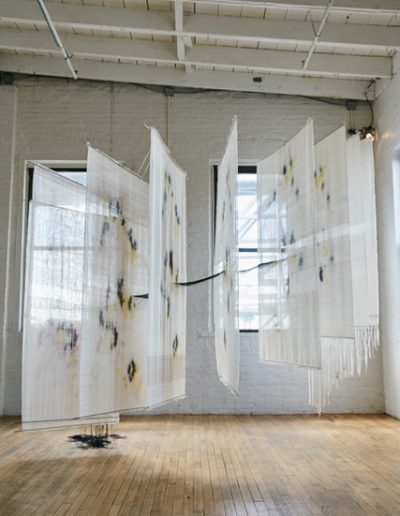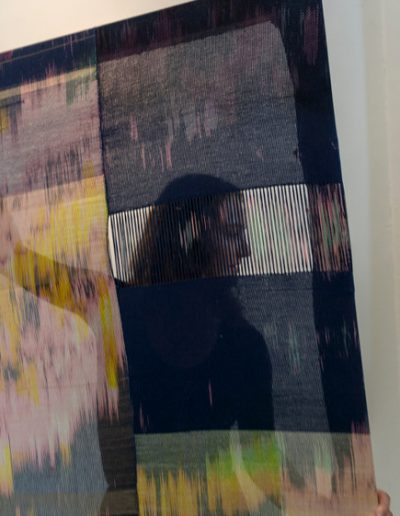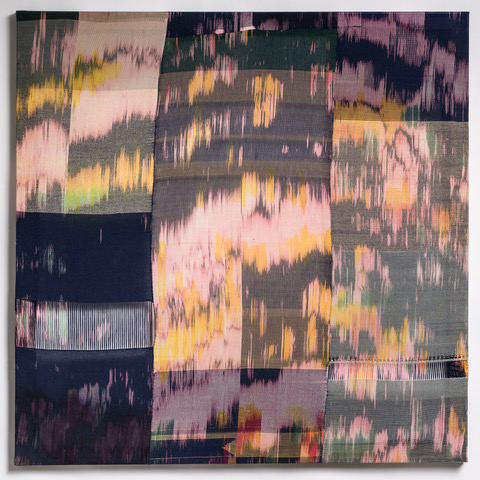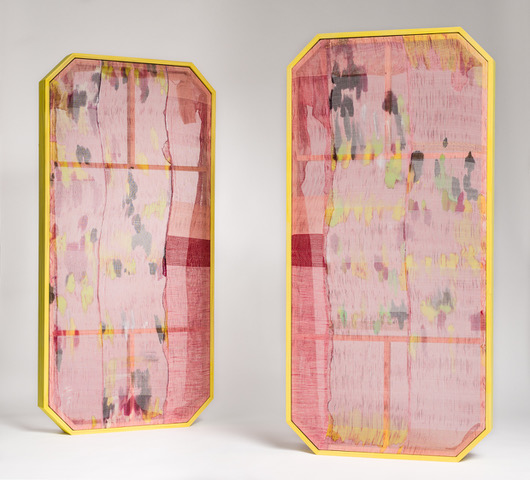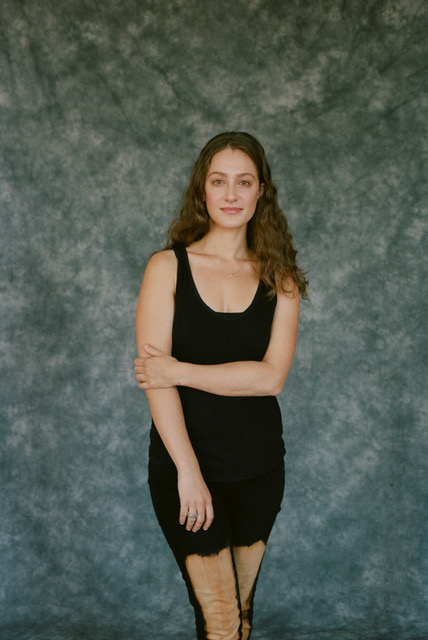
Victoria Manganiello (b. 1989; Brooklyn, NY) is a textile artist, historian, and educator. Her work has been featured in Hyperallergic, The New York Times, Boulin ArtInfo, Forbes, and Architectural Digest, among others. Victoria has received multiple international, recognized grants, commissions, and residency appointments including from Wave Farm, S&R Foundation, Center for Craft, The Wall Street Journal, Harvest Works, STARTS Prize, and AIR Gallery. She has exhibited her work internationally including in Romania, Bulgaria, Taiwan, Croatia, Austria, and Italy and throughout the USA including at the Tang Museum, Museum of Art and Design, Indianapolis Museum of Contemporary Art, The Armory Center, and the Queens Museum. She is also an adjunct professor at NYU and Parson’s the New School. Exploring the intersections between materiality, technology, geography, and storytelling, Victoria’s multi-disciplinary and installation work, abstract paintings, and kinetic sculptures are made meticulously with hand-woven textiles using hand-spun yarn and hand-mixed natural and synthetic color dyes alongside mechanical alternatives and modern technologies.
“The structures I compose are studies of materials and our fundamental relationship to them. I use traditional textile-based media: I spin my own yarn, mix my own color dyes (natural and synthetic) and weave my own constructions. I integrate historical methods alongside surprising technologies and modern alternatives like computer code and fluid dynamics. How do the binaries we impose on ourselves – black/white, young/old, near/far, male/female, native/alien – disseminate into the objects we live with? I use textiles as the most familiar and innately human object to illustrate spectrums as alternatives to binaries. My recent projects incorporate materials from the seemingly extreme natural to the extreme synthetic and I make choices with density, color, and kinetics to demonstrate that binaries are impossible. I use abstraction which I derive from world geography and statistical mapping and my work takes the form of sculptural installation, wall hanging, performance, and social practice. I am interested in using weaving as code and language and my work seeks to connect common materials like textiles to common behaviors like communication. Conceptually, my work is rooted in the history of technology, borders and the limits those things must reconcile. I use the stories of the past with the mood of the present to create experiential artworks that speculate on the future.”
Find Victoria at victoriamanganiello.com
